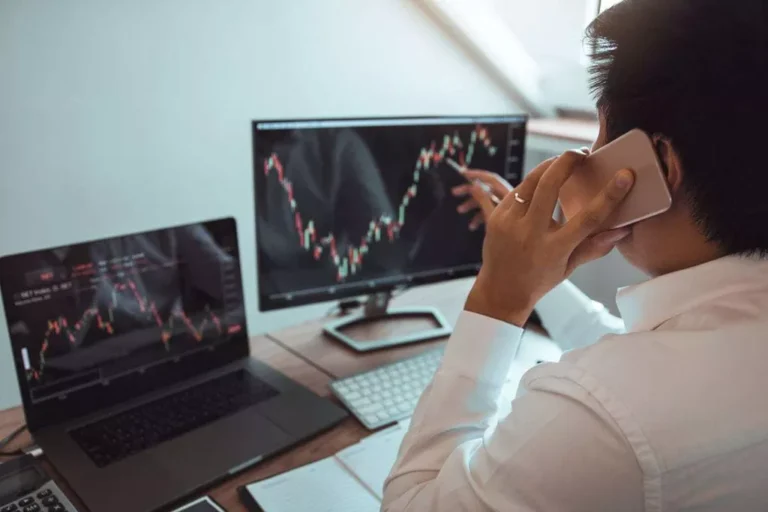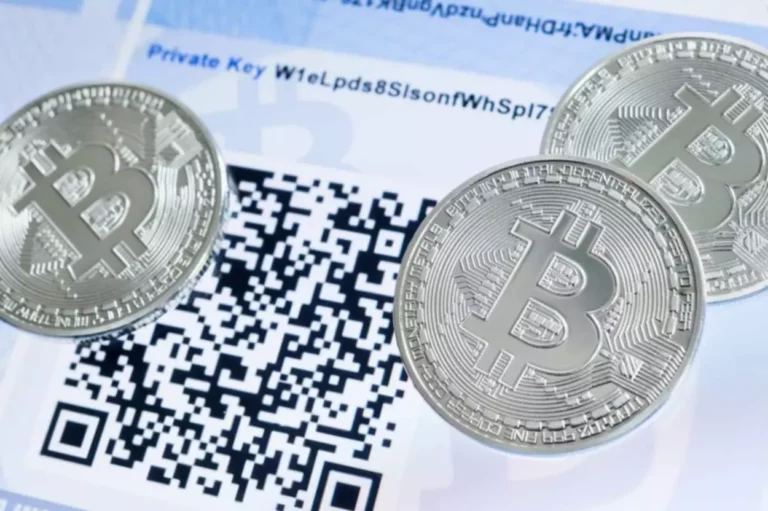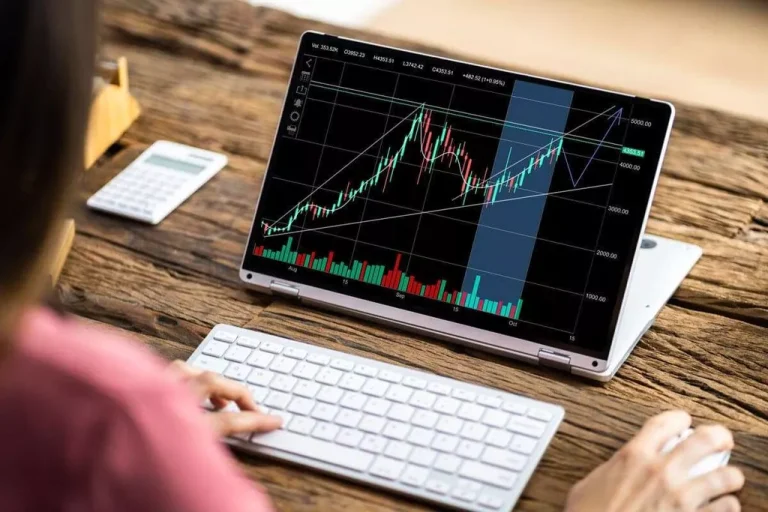How Forex Brokers Make Money? A-Book vs B-Book Model Articles
By Gustavo Brito in FinTech on 9 de dezembro de 2021
Only a few of our clients take advantage of these features, while they are available in UpTrader Forex CRM completely free of charge. As an illustration, we would like to share with you a recent case from one of our clients’ operations. Thanks to a well-configured withdrawal control system, the broker team noticed that something was wrong, quickly reacted to an unusual situation, and prevented a large-scale case of fraud. And since the trade is now hedged, the broker won’t make money if the customer loses anymore.
This type of book is beneficial to traders as it guarantees that their trades are executed at the best possible price. As the forex market continues to grow in popularity, the need for brokers who can help traders navigate the market has also increased. While there are many legitimate what is a book vs b book forex brokers out there, there are also a number of scammers and fraudsters who are looking to take advantage of inexperienced traders. On the one hand, such a model encourages competition between liquidity providers, thus narrowing the spread and reducing the commission fees.

These spreads can be relatively narrow when liquidity is strong, but they can differ wildly during low-volume intervals. Furthermore, it is essential to remember that spreads on these currency pairings might shrink around standard market sessions. But, during off-market periods, you will likely see the reverse, meaning that spreads will enlarge. The golden question is who is the counterparty; it is that algorithmic counterparty that sucks the retail trader’s money without the retail trader probably knowing it. In conclusion, forex trading is a complex market that requires careful management of risk and fairness. A book and B book are two types of books that are used by forex brokers to manage risk and ensure fairness in trading.
The company asked us to change the names of the client and the manager and not to mention their own name, but allowed us to tell their story in detail. Eventually, they become too big and risky for the broker that their orders have to be hedged (A-Booked).
Even if this practice could be considered illegal, you will be surprised of how many OTC brokers implement it. In other words, the entire financial market supply-chain understands very well that retailers are going to lose, and all intermediaries are https://www.xcritical.com/ eager to be the retail trader’s counterparty, including exchanges and brokers. I wouldn’t say that the STP or the DMA are the best forex broker models. Every model has its pros and cons, in terms of order execution speed, trading costs and slippages.
A-Book and B-Book models of managing client’s orders
Compared with the volumes of interbank transactions, the internal volumes on the broker’s platform are too small. It is essential to understand the difference between different types of Forex brokers to succeed in trading. I hope you found this article interesting – if you want to learn more about how brokers make money, make sure to watch this entire YouTube series. They want to see you become profitable – because they want you to trade bigger, longer, and consistently, so that they make more money from the fees they charge you. Angus Walker (ex-General Manager of IC Markets) is extremely critical of the B-book model after having witnessed how it operates from behind the scenes of the industry.
- The main reason I kept using Oanda for so long is because their platform is fully integrated with TradingView, and they allow me to trade in any position size (units instead of lots).
- When a broker uses the A-Book business model, all of its clients’ orders are transmitted directly to the forex liquidity provider, who in turn routes them to the interbank market.
- ECN accounts route your orders directly to the interbank market, where the orders get filled.
- The foreign currency market is a continuously operating marketplace, open 24 hours per day, 5 days a week.
- B-booking means that OTC brokers choose to accept the price risk from trading against their clients or they can transfer it to another market participant.
The A-Book process is synonymous with a traditional brokerage role. They offer you a direct and reliable connection to the global forex market through STP (Straight Through Processing) or ECN (Electronic Communication Network) accounts. This is called the hybrid model and it is a very popular model adopted by many of the large and popular Forex brokerages today. The challenge lies in correctly identifying losing and winning traders. The difference is that the ECN is a virtual network where orders of all market participants are aggregated, sorted and executed.
What is A book vs B book in Forex trading?
If their customers win big enough, the losses for the broker could be enough to put the broker out of business. Every time an A-Book broker sees a losing customer, it is potential profit that is now lost forever. These customers will grow their account balance over time, allowing them to open bigger and bigger position sizes.

The broker would just constantly make money from the spread (and overnight financing charges) and not have to worry about going bust. However, brokers don’t have just one customer, they have many. To provide a simple example, here’s how much money a B-Book broker makes over a year, assuming an average deposit of $1,000. We’re not sure how accurate this rule is but whether it’s 90 days or 12 months, imagine being a B-Book broker with these customers.
So long as brokers are allowed to directly profit from trading against their clients, there is a huge conflict of interest. Firms like SMB Capital are very open about the fact that their traders have daily risk limits, and if their risk limits are hit, then they are no longer allowed to trade and are forced to take a break. This is to protect the firm from exorbitant losses, and to protect the traders from themselves and prevent then from trading on tilt in highly negative and unconducive emotional states. If you work for a professional trading institution like a prop firm or hedge fund, there are risk measures put in place to prevent their traders from blowing up. And don’t worry – if you have no idea what an A-book broker is, you’re not the only one.
A-Book vs. B-Book Brokers
If you are a broker, it would be best for you to decide which model is appropriate for your company’s specific goals and strategy. A similar recommendation could be made for investors selecting a brokerage firm. It is a widely known fact that the Forex brokerage market may provide numerous opportunities for success if you handle money management and emotions responsibly. Thus, apply a model that suits your requirements and prepare for a long yet exciting trading journey. That said, the B-Book model is considered challenging in terms of risk management. Especially, if you have lots of customers who open positions in the same direction and trade profitably.
This makes it difficult to regulate and monitor the market. In order to mitigate this, the market has developed two types of books, A books and B books, to help manage risk and ensure fairness in trading. Likewise, many industry outsiders may have the belief that HFT (High-Frequency Trading) is some kind of evolution from LFT (Low-Frequency Trading).
So, the broker first pays the commission, and there arises a problem. Most of the turnover goes to the liquidity provider with a narrower spread, which is why the broker loses $5. To solve this problem, the broker adds 2-pip markup to the spread of the first liquidity provider, thereby distributing the trades between the counterparties equally. Obviously, for professional traders, there are no alternatives to A-book, so the choice is obvious. For beginners, B-book brokers can also be suitable, but only as long as the client loses his deposit.

In this case, the trade’s loss becomes the market maker’s profit. If the trader makes a profit, the market maker can redirect the order to the liquidity aggregator, also referred to as the liquidity provider. If a broker utilizes the B-Book model, it doesn’t necessarily mean that it is a kitchen (although such a probability is high).
How Forex Brokers Make Money? – A-Book vs. B-Book Model
Unfortunately, there are many such “bucket shop” brokerage companies, but we won’t dwell on this — we analyze forex brokers, not scammers. It is also important to look at the broker’s trading conditions. B book brokers are known for offering high leverage and low margin requirements, as they are able to offset the risk of traders’ positions by taking the opposite side of the trade. This means that traders can open larger positions with less capital, but also increases their risk of incurring large losses. The profits of the trader are equivalent to the losses of the broker. Deceptive brokers may be interested in putting up non-market quotations in the terminal, spying on the set client stops, and knocking them down using plugins on the server-side of the platform in an attempt to make the traders lose money on their trades.
Last week I withdrew all of my money from all of my Oanda accounts and moved them into Global Prime, and the process was practically seamless. I even have my automated PineConnector scripts trading through my new Global Prime MetaTrader account – and it’s already up +3%. This is really the main reason why you should care if your broker is a B-book or A-book broker. Interestingly enough, the actual difference between the products offered by an A-book and B-book broker are not that big.

